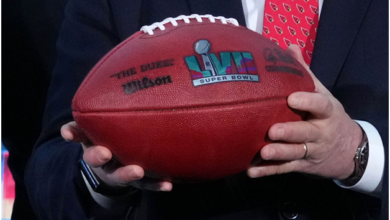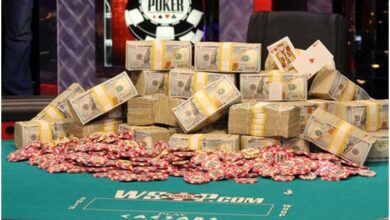Know Your Place – Understanding Your Position on a Poker Table.
Learning basic poker rules takes just about a few minutes. Combinations are ranked by order of rarity, being the Royal Straight Flush the best possible hand, and pairs are the weakest ones. However, there’s a world of strategies, tactics, and concepts in between.
If you’re coming to this article fresh from your first poker readings, it may seem there’s a lot to take in. Fear not, though. Every bit of information will make you much stronger than amateurs that never bother learning new tricks. This article talks about a concept attainable to players of any level: positioning.
Plenty of Fish in the Sea
At the beginning of the round, there are 1326 possible combinations on a 52-card deck. Only a few of them are what we call a “premium hand”: a pair of aces, a pair of face cards, and combinations of those two. So, you have a relatively small chance of getting one of those hands.
However, the more people there are on a table, the higher are the chances of someone having a premium hand other than you. On a table with nine participants, like those tables which are in use on the online casino NetBet and similar platforms, consider folding as soon as someone bets if you don’t have a premium hand.
Location, Location, Location
It doesn’t mean you need to fold any hand other than premiums, though. Depending on where you are at the table, some hands are more playable than others. Here’s a short description of a poker table with nine players.
The Blinds

The Blinds are divided into two players: the Small Blind and the Big Blind. The Small Blind plays after the dealer in a clockwise motion. The player on the SB must pay between a half and ⅔ of the current blind value. BBs pay it fully before even being able to see the cards. On the bright side, players on the blinds are more likely to see the flop because they’ve already paid for it.
Early Position (Under the Gun)
Commonly referred to as Under the Gun (or UTG), the player on this seat is the first to make actual decisions. That’s why only premium hands are recommended to be played here. If someone raises and your hand is too bad to call it, you’ve just wasted your money.
Middle Position
Towards the end of the table, you have more options of playable hands. Because, if the players UTG didn’t do anything, only a few players after you could have a good enough hand to raise. Here middle pairs (like nines or lower) are also considerable.
Late Position
The late position has three seats on a table with nine players, clockwise: Hijack, Cut-off, and Button (or Dealer). Late positions are considered the best ones because players can make decisions with more information on their hands. The late players can try “to steal” the pot, with high bets that anyone will hardly have the nerve to call.
Conclusion
One of the first things to learn in poker is to stop wasting time with lost hands. A solid understanding of positioning can help you avoid many potentially losing situations and improve the potential of making the best of every hand.


